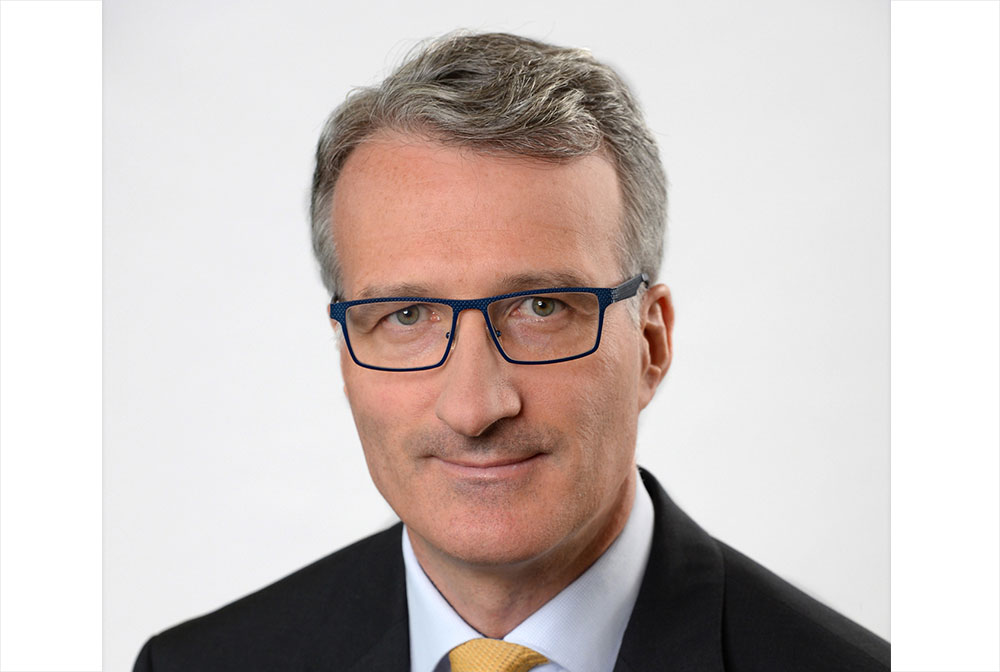By Hamlin Lovell, NordicInvestor
Credit spreads have widened out in 2018, which has been the worst year since 2011 or 2008 for some parts of the credit markets. Is it still possible to construct a defensive strategy through careful rules and credit selection?
So far, signs of corporate distress are few and far between. Franco-German fund manager, ODDO BHF Asset Management Group expects global defaults to remain at pretty low levels of around 2% over the next 12 months, but nonetheless has a preference for defensive strategies at this point in the cycle. For example, ODDO BHF Global Credit Short Duration invests in bonds with a maximum of five years remaining to maturity. The arithmetic is simple: shorter durations reduce default risk, credit spread risk, and interest rate duration risk.
Default risk
Investing in shorter duration high yield bonds has historically reduced default risk: to a cumulative 7.46% for bonds between their fifth and eighth year since issuance, versus 15.13% for those between their first and fourth year of life, according to ODDO BHF AM, citing S&P data between 1981 and 2010.
In fact, ODDO BHF AM has not experienced any defaults at all since 2000, thanks to a strict zero-default policy. “We have a strong sell discipline when we see a risk of default” says Alexis Renault, who is Head of High Yield at ODDO BHF AM GmbH. He starts reviewing positions that have lost 5-10 basis points at the portfolio level, and ODDO BHF AM has twice exercised the stop loss discipline, and exited positions, in the Euro short duration strategy since its inception in June 2011. “In general, the strategy is a buy and hold approach, continuing to own bonds where repayment is expected, with only 5-10% turnover per year” says Renault.
Spread, duration, and currency sensitivity
Credit spread duration sensitivity is also lower for shorter duration bonds, which also naturally have less interest rate risk: duration to maturity of the strategy, (which mainly owns fixed rate bonds because few floating rate ones exist), is around 1.7 to 1.8 years, and is “so low that we do not manage it by hedging interest rate risk” says Renault.
Currency exposures are hedged however: around two third of the Global Short Duration portfolio is invested in USD denominated bonds, with some GBP paper, both of which are hedged back to EUR. Of course, this is expensive – with an interest rate difference between USD and EUR of around 3% in November 2018 – but the analysis takes this into account so that yields are still attractive after the hedging cost. Net of hedging costs, ODDO BHF AM’s Global Short Duration Credit strategy has a yield to maturity of 2.19%, which is over 0.50% higher than its Euro Short Duration at 1.63%.
Bottom up analysis
From a top-down perspective, controlling these portfolio sensitivities defines the universe from which Renault can select names on a bottom-up basis. Fundamental analysis, carried out by a team of ten high yield analysts and seven investment grade analysts, spread across Paris, Frankfurt and Dusseldorf, further whittles down the buy list.
“Our three key criteria are current and forecast levels of: free cash flow generation; liquidity and refinancing risk; and leverage and interest coverage ratios” explains Renault. Though this might sound like a quantitative screen, proprietary credit analysis is done in house to forecast these variables.
Around 30% of the book is invested in emerging markets short duration corporate issuers, all in investment grade countries, bar Brazil. ODDO BHF AM has been investing in hard currency EM bonds, mainly USD and GBP denominated, since 2011. Industry selection is defensive, with no banks or real estate, and the strategy only buys large, liquid issues of over $500 million in size. EM economies follow their own cycles and some of them – such as Brazil, which had its worst ever recession between 2014 and 2016 – are arguably at an early stage of the economic and credit market cycles.
Late cycle
But Renault thinks that for developed economies of the US, Asia and Europe, the economic climate is pointing towards a more defensive approach: “We are clearly late in the economic cycle, with growth slowing, and the PMI (Purchasing Managers’ Index) readings falling since the beginning of the year” he points out.
Renault also believes that the corporate backdrop is signalling the end of the credit cycle: “margins are declining, there is large capital spending, and cash on company balance sheets is being used for buybacks and dividends. Hence credit spreads have widened this year”
Some managers hedge credit risk, or go short of credit, but Renault’s preference is to be defensively positioned: reducing duration and spread sensitivities, increasing the investment grade weighting, and investing less in cyclicals. Many bonds in his portfolio mature in the next two years, which reduces refinancing risk further out.
He also has some dry powder in the form of 12% cash in the global short duration credit strategy launched in October 2018, partly because he expects volatility will continue into 2019.
“We are closely monitoring data such as the PMI, and news-flow concerning the US/China trade war or truce” says Renault. If economic and corporate conditions deteriorate further, Renault could become more defensive: holding more cash; more shorter-dated bonds; less cyclical exposure; smaller position sizes and increasing investment grade from the current level: of 25% in the Euro fund and 30% in the Global fund. “In theory, the investment grade weighting could reach 100% but in practice it is not likely to exceed 50%” he says.
ESG
This fund has not yet started applying ESG criteria, due to a lack of data from many high yield issuers, but Renault expects to integrate ESG over time as ODDO BHF AM expands its ESG analytics. ODDO BHF AM’s pure investment grade strategies are already actively integrating ESG factors.



